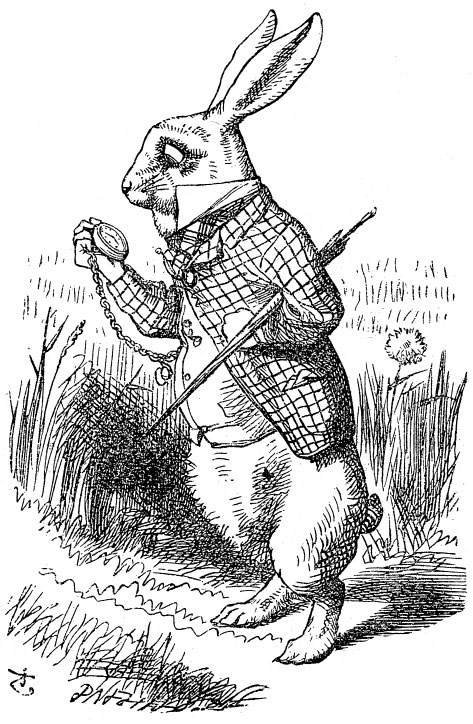The Sevens
Magnificent seven by John Sturges, and Seven Samurai by the talented Akira Kurosawa both focus on a few themes closely related to each other. Revolving around small town villagers and farmers trying to prevent their crops from being stolen by bandits, as it is every crop season. Both films are shot, as your average classic western movie would be. Portrayed is our classic hero staring danger right in the eye, fearlessly taking on the adventure thrown in the direction of our main characters. In both Magnificent seven and Seven Samurai, parallels can be drawn between many characters in the film. The storyline subjects/ forces the camera to maneuver itself so that the viewer is able to Focus on not just the interaction between the villains and the heroes but the backdrop of these scenes.
In both movies we are presented with real western inspired shots. Because the fighting scenes are so frequent it adds to the cinematography of each film. The Western genre, particularly in films, the director continuously must portray the conquest of the wilderness, the subordination of nature in the name of civilization and or focus on the confiscation of territory/ grown goods in many other cases.
A clear parallel can be drawn between magnificent seven and seven samurai’s introduction and conclusion scenes. In the first scene we have the villain on horseback riding into town to confiscate the villagers fresh grown products. However in both of these introductions the viewer can only the silhouettes of our villains, we are left with the feeling of mystery. Only the battle scenes are clear and show the mountainous landscape. We know this after witnessing the first two “battle” scenes there are many resemblances between these three films, its reliance on tradition to overcome tribulation and the use of ceremonies and rituals all help add to the one theme that surfaces in both stories; its beautiful landscape.
Because these two films can also be looked at as a borderline coming of age story as well, the western theme plays along with that idea. In one case we have the traditional Western film, drawing automatic focus to men as power figures the gun fighter/ hero/ villain and woman as an object of commodity, or as an item to only be used for the maintenance of structure and order within the household.
In shots displaying our main Females in both Magnificent seven and seven samurai are generally in the foreground of an desert shot, to draw focus upon their beauty and striking facial features. We saw this in Magnificent seven when we are first introduced to the village woman.
These two evolved western films allow us to picture what it would feel, and look like living and fighting as a cowboy in the west. This, I'm sure, is the exact feeling John Sturges and Akira Kurosawa wanted to inflict on the viewer while watching Seven Samurai and Magnificent Seven.
LC
Wednesday, November 11, 2009
Subscribe to:
Post Comments (Atom)


No comments:
Post a Comment